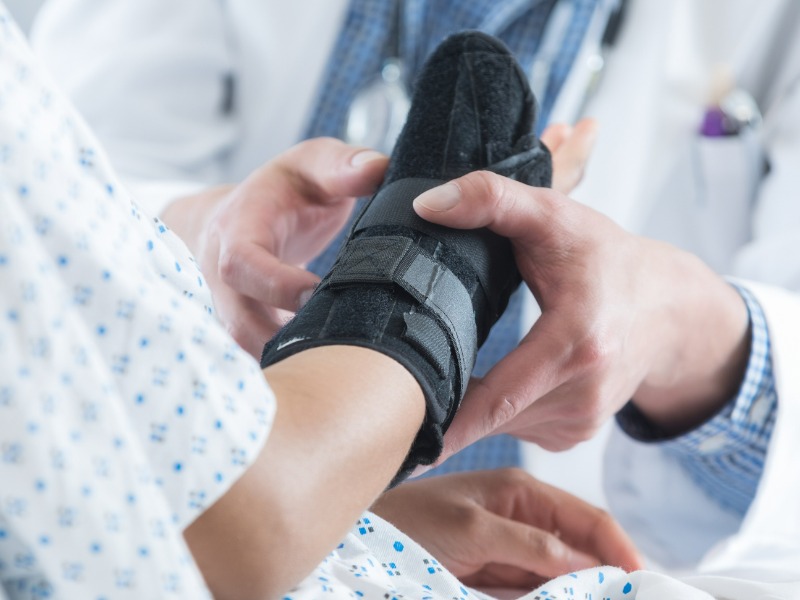Why this AB claimant couldn’t prove an inability to carry on a normal life

An accident benefits claimant failed to meet the stringent non-earner benefit (NEB) test and is not entitled to ongoing benefits, adjudicator Derek Grant wrote in a July 21, 2023 Licence Appeal Tribunal decision.
The claimant, Dominik Crnogorac (referred to afterwards as D.C. in the Crnogorac v. Wawanesa Insurance ruling), was involved in an automobile accident on September 13, 2020. He sought benefits, which were denied by his insurer, of $185 weekly from Oct. 13, 2020, as well as payment for various physiotherapy expenses and a psychological assessment.
D.C. also claimed his injuries were beyond those defined by the minor injury guideline (MIG), which carries a $3,500 limit. (In his summary, Grant noted the applicant’s “maximum amount of $3,500 for medical and rehabilitation benefits under the MIG has been exhausted.”)
Regarding the NEB, Grant referenced past decisions around circumstances establishing entitlement to those benefits. One stated: “the starting point for the analysis of whether a claimant suffers from a complete inability to carry on a normal life will be to compare the claimant’s activities and life circumstances before the accident to his or her activities and life circumstances after the accident.”
In this case, D.C. submitted “he suffered physical and psychological impairments that have prevented him from engaging in substantially all of his pre-accident activities.”
D.C. also provided a Nov. 8, 2022 psychological report from a Dr. Singh that noted he “had a severe disability in his ability to carry out work-related activities and household chores.” Further, the report said, “D.C.’s psychological impairments combined with his physical impairments have resulted in a substantial inability to perform the essential tasks of his employment.”
The defendant, Wawanesa Insurance, argued the doctor’s report failed to provide comparative analysis of the applicant’s circumstances before and after the accident, and didn’t show he wasn’t able to carry on a normal life.
Grant agreed and noted: “[the applicant] works full-time in excavating and driving a forklift, and returned to playing hockey, as reported to Dr. Singh. Dr. Singh’s opinion that [he] suffered a substantial inability to perform the essential tasks of his employment, is irrelevant, as there is no income replacement benefit in dispute.
“D.C. has not directed me to any evidence or argument of a comparison of his pre- and post-activities of daily living and how his accident-related impairment had an impact on his post-accident function.”
As to D.C.’s claim his injuries require treatment beyond the MIG, Grant wrote “there is no objective evidence to support that he has any accident-related impairment that requires further treatment outside of the MIG.” Grant stressed the onus is on a claimant to prove impairments are outside the scope of the MIG.
“D.C. is not entitled to NEBs from October 13, 2020 to date and ongoing as he failed to prove on a balance of probabilities that he suffered from a complete inability to carry on a normal life as a result of the accident for this period,” Grant wrote. “D.C. has not met his onus of proving that his accident-related impairments warrant removal from the MIG [and] is not entitled to an award or interest.”
Feature image by iStock.com/SDI Productions







